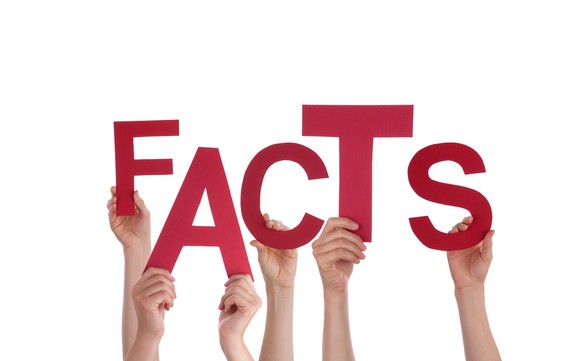
Turns out, portable toilets are a lot more interesting than you might think. From their maritime roots to the latest HSE laws, read on for some of our favourite portable toilet facts to find out more about these pop-up privies.
Table of Contents
Portable Toilet Facts: Understanding HSE toilet laws
The average person uses the toilet between six and seven times in a 24-hour period, with several of these visits made during the workday. In the UK, the Health and Safety Executive (HSE) exists to protect the interests of employees across the UK, and this includes publishing clear-cut laws on access to toilets in the workplace. Under HSE law, workplaces must offer a minimum of one chemical portable toilet for every seven employees working 40 hour weeks.
The history of the portable restroom industry
While today portable toilets are largely associated with music festivals and construction sites, the industry was pioneered in WWII by the British navy. Portable toilets were installed on ships so the crew could use the loo without going ashore. The first prototypes were constructed from wood and were virtually unrecognisable from the premium toilet facilities you’ll see today.
Of course, the lack of chemical products meant the smell wasn’t easy on the nose. Eventually, ships made the switch from wood to fibreglass which made their portable toilets much easier to clean and more enjoyable to use.
Portable toilets with an eco-friendly edge
Not only do portable toilets keep human waste out of waterways and the natural environment, but they also slash water consumption. According to the Portable Sanitation Association, portable restrooms save a huge 45 billion gallons of water every year. Standard plumbed-in running toilets can waste up to 900 litres of water per day, giving them an enormous environmental footprint.
The restroom blues
One of the first things you’ll notice about premium portable toilets is the blue liquid inside the bowl. This isn’t just for aesthetics. If you know your portable toilet facts, you’ll know that this is a special chemical product that actively kills bacteria and disguises bad odours. It also helps to break down the waste stored in the tank below for easier emptying. For users, this keeps the portable restroom clean, hygienic and comfortable. Learn more about the chemicals used in portable toilets on our blog.
The origins of toilet paper
Toilet paper is a staple in bathrooms around the world, but it wasn’t always this way. Historians maintain that toilet paper wasn’t really used until the late 1400s. Furthermore, it wasn’t until the late 1800s that commercial toilet paper manufacturing really took off and the product became readily available.
Over or under?
When it comes to bathroom debates, the “over or under” discussion regarding which way round the loo roll should be placed on the holder, sparks some big opinions. The “fold or scrunch” argument is another long-standing debate. What’s your preference?
Presidential portable toilets
How many portable toilets does it take to cater to a presidential inauguration crowd? For Barrack Obama’s 2009 inauguration, event organisers hired an impressive 5000 portable toilets. Another of our favourite portable toilet facts is taken from Donald Trump’s inauguration in 2017. The units were supplied by a company called Don’s Johns, with the logo printed loud and proud on the doors. However, in a bid to avoid becoming the victim of toilet humour, Trump’s administration hid the logo with tape!
Need to hire a portable toilet for your own event? Contact us today for a free quote.
Read More: Once the parties over what happens to the chemical toilet contents?





